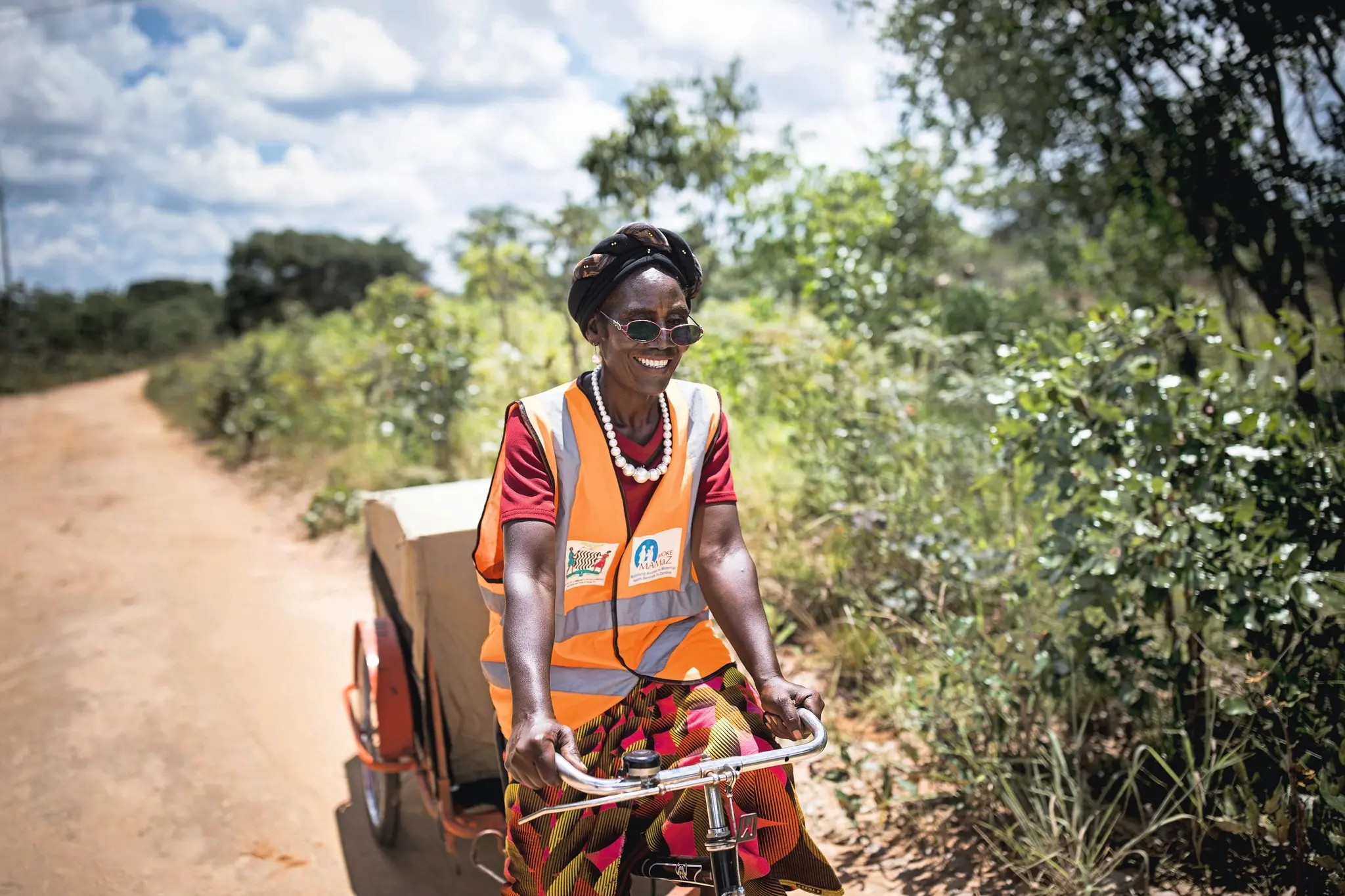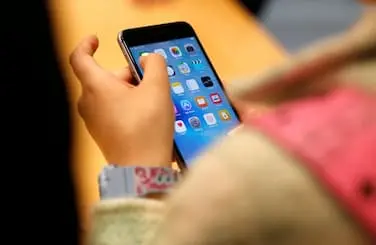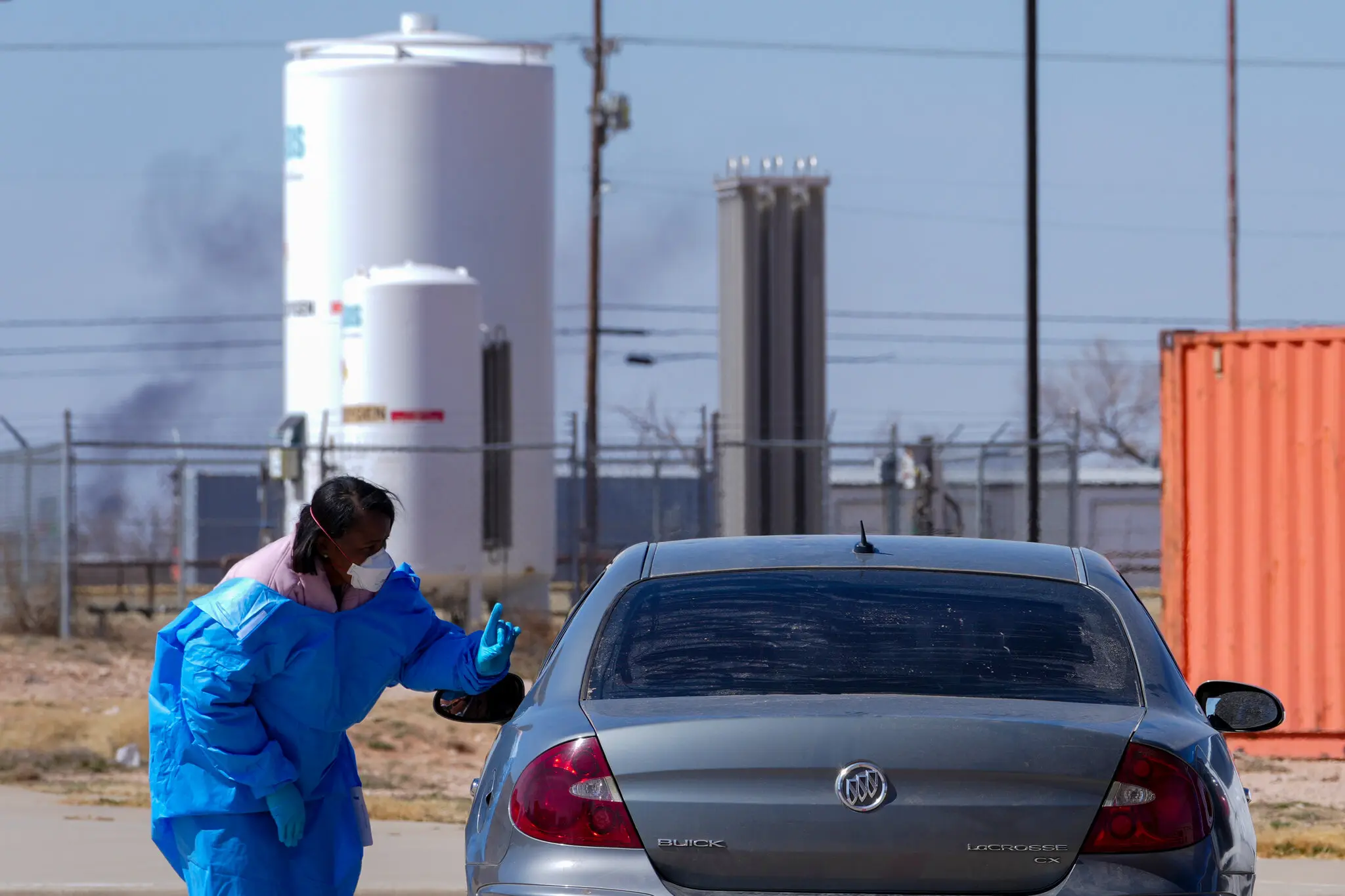Innovative Tactics in Remote Villages Are Saving Children From Malaria
In isolated communities where malaria was once a death sentence for children, new low-tech interventions and smarter logistics are producing unexpected success. Health workers, often with little more than mobile phones and motorbikes, are changing the odds.
In remote corners of sub-Saharan Africa, where paved roads vanish into dense bushland and access to healthcare is a daily struggle, a quiet revolution is underway. Malaria—long the leading cause of childhood death in many rural areas—is finally being beaten back by a combination of innovative strategies, simple tools, and deep community engagement. In places where hospitals are hours away and health workers are scarce, local caregivers are armed with rapid diagnostic tests (RDTs), mobile phones, solar-powered cold boxes, and pre-packaged treatment kits.
These tools, paired with strategic public health planning, are proving that even the most isolated communities can successfully fight one of the deadliest diseases known to humanity. ### The Rural Reality of MalariaMalaria remains a major public health threat in sub-Saharan Africa, which accounted for over 95% of global malaria deaths in 2023, most of them among children under five. Remote and underserved villages often face the worst outcomes.
By the time symptoms are recognized and treatment is sought, it's frequently too late. > “We used to lose children weekly,” said Mariama Diallo, a midwife in Guinea. “Parents couldn’t get to a clinic in time.
Sometimes there was no medicine even if they did. ”But now, those stories are changing. ### Smart Simplicity: Rapid Diagnosis and Immediate TreatmentAt the heart of this transformation are community health workers (CHWs)—local residents trained to identify and treat malaria quickly using rapid diagnostic tests (RDTs) and artemisinin-based combination therapy (ACTs).
These kits fit into a small backpack and can be administered at home. Within 15 minutes, a CHW can confirm a malaria case and deliver the first dose of treatment. Families no longer have to travel hours for care—or wait in overcrowded hospitals.
In Senegal, Burkina Faso, and Uganda, data shows that child malaria mortality has dropped by over 50% in some districts since deploying CHWs equipped with RDTs and ACTs. > “It’s about speed,” said Dr. Josephine Okwiri, a malaria specialist in Uganda.
“Every hour counts with severe malaria. Community-level treatment saves lives. ”### Motorbike Ambulances and Medical DronesTransportation has also improved thanks to creative solutions tailored to difficult terrain.
In parts of Malawi and Rwanda, health systems have deployed motorbike ambulances to shuttle critically ill children to clinics faster than traditional vehicles could manage. Elsewhere, companies like Zipline are using medical drones to deliver malaria medication, vaccines, and even blood to remote health outposts within minutes. > “We’ve seen stockouts drop by 70% in drone delivery zones,” said Elizabeth Namutebi, a logistics coordinator with Partners In Health.
“That means children aren’t dying because a clinic ran out of drugs. ”### Real-Time Surveillance Using Mobile TechAnother game-changer has been the adoption of mobile-based reporting systems. Health workers now use SMS or apps to log new cases instantly, allowing regional health authorities to detect outbreak patterns and allocate resources accordingly.
In Ghana, the Ministry of Health recently credited their Malaria Early Warning System—which compiles data from thousands of villages—for stopping an outbreak before it spread beyond two districts. Community health workers are also receiving alerts and training updates via phone, keeping them informed and responsive in real-time. ### Bed Nets, Sprays, and Home VisitsThe backbone of malaria prevention—insecticide-treated bed nets (ITNs) and indoor residual spraying (IRS)—has also seen renewed attention.
What’s different now is targeted delivery. Rather than handing out nets during infrequent campaigns, health workers are visiting homes to ensure correct usage and replacement. They also check for damaged nets, spray interiors, and educate families.
This approach has led to sustained net usage above 80% in test districts across Mozambique and Niger—significantly higher than previous years. ### Tackling the Supply ChainSaving lives in remote areas requires more than just medicine—it requires logistics. Several NGOs and ministries have implemented supply chain dashboards, warehouse optimization, and public-private partnerships to ensure ACTs, RDTs, and IV fluids are consistently available.
> “No child should die because a health post ran out of quinine,” said Dr. Marie Tambo from Cameroon’s national malaria program. “That’s unacceptable in 2025.
”### Empowering Local WomenWomen, often the primary caregivers, are at the center of malaria care in villages. New programs are training women not just as CHWs, but also as health educators, logisticians, and even drone operators. In Sierra Leone, a women-led malaria task force has reduced childhood malaria fatalities in their chiefdom by 68% over four years.
> “When mothers teach other mothers, the message lands,” said Fatmata Kallon, a CHW. “And when we have tools, we become protectors of life. ”### Donor Support and SustainabilityMuch of this progress is made possible by funding from organizations such as: - The Global Fund to Fight AIDS, Tuberculosis and Malaria - The Bill & Melinda Gates Foundation - USAID’s President’s Malaria Initiative (PMI)But the emphasis is now on sustainability.
Donors are working with governments to integrate malaria services into national budgets, improve health worker pay, and create durable local supply systems. > “We don’t want flash-in-the-pan success,” said Raj Patel of the Gates Foundation. “We want generational change.
”### The Children Who SurviveIn a village in northern Zambia, 4-year-old Chibwe was diagnosed with malaria after spiking a fever late at night. Her mother contacted a CHW using WhatsApp. Within 30 minutes, the health worker arrived with a test kit and treatment.
Chibwe recovered within days. > “Before, she might have died,” her mother said. “But now, we are not alone anymore.
”Stories like Chibwe’s are becoming more common. And in data terms, they add up to something extraordinary. According to UNICEF, child malaria deaths in targeted rural zones have declined by up to 60% in five years where these interventions are in place.
### What Comes Next?- Scaling successful models to more regions - Strengthening digital systems for monitoring - Ensuring gender equity in health roles - Expanding vaccine availability (like the RTS,S malaria vaccine) - Preparing for insecticide and drug resistance> “The work is not done,” said Dr. Okwiri. “But we’ve proven that geography and poverty don’t have to decide a child’s fate.
”### Conclusion: A Blueprint for Global HealthThe fight against malaria in remote villages offers a blueprint for global health: combine innovation with local knowledge, empower communities, and never underestimate the impact of simple tools in capable hands. With continued commitment, coordination, and courage, the question may no longer be whether children can survive malaria—but how many more lives we can save by copying what’s already working.
27th july 2025



